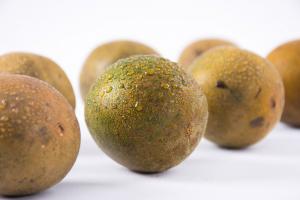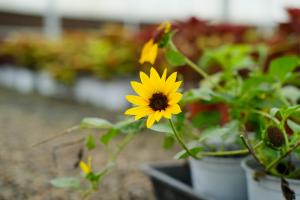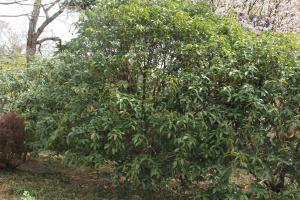1、 Temperature
1. Flowers with low temperature and cold temperature (5 ~ 12 ℃ and below 5 ℃), such as pomegranate, rose, Chimonanthus, osmanthus, palm, stem attached Begonia and crape myrtle, can be placed in the sunny place of outdoor courtyard or balcony.
2. For flowers that need to maintain medium temperature (12 ~ 20 ℃), such as white orchid, camellia, Rhododendron, Michelia, Clivia, upside down Golden Bell and four seasons Begonia, they must be moved indoors before the temperature drops to 10 ℃.
3. For flowers that can grow normally under high temperature (18 ~ 30 ℃), such as Milan, Fusang, jasmine, variable leaf wood, Narcissus, Epiphyllum, Lingjian lotus, cactus, cactus and aloe, they must be moved indoors before the temperature drops to 12 ℃. Before the temperature drops to 5 ℃, cover the flower pot with plastic bag, tie the plastic bag tightly, and leave a small amount of pores on the bag for ventilation. Before and after noon when the weather is sunny and windless, move to the outside to bask in the sun for a few hours, and then move back to the indoor for insulation.

2、 Pruning
Before overwintering, potted flowers should be pruned and pruned in time to reduce nutrient consumption and indoor space during overwintering.
3、 And apply fertilizer
Apply fertilizer and water enough before overwintering. During the winter, fertilization should be stopped for flowers.

4、 Watering
Generally, the basin soil should be kept dry and watered less. The watering time in December should be 3 to 4 hours before and after noon, and the water temperature should be basically consistent with the air temperature and soil temperature to avoid adverse reactions caused by low water temperature.
5、 Ventilation
Pay attention to regular ventilation, preferably in sunny days with sun, or at noon with high temperature. During ventilation, attention must also be paid not to let cold air directly blow the plant to avoid adverse reactions.

6、 Spring
At the beginning of spring next year, generally from the spring equinox to Qingming, the overwintering flowers can be moved outdoors one after another and applied with fertilizer and water, such as bio organic fertilizer, yellow leaf Bizhi, trace element water-soluble fertilizer, etc., so that the flowers can grow normally in spring.

7、 Pest control
For flowers and trees whose leaves are prone to diseases and insect pests, such as Begonia, rose and camellia, collect and burn the dead branches and leaves under their plants, which can reduce the occurrence of diseases next year.
In winter, we must carefully manage some shallow basin landscape bonsai and stump bonsai.
1. Prevent basin soil from frostbite plant roots;
2. Prevent the artificial cemented rocks from disintegrating due to freezing;
3. Prevent the plants planted on the rockery from freezing or drying to death.
It can be placed in a place without ice, and watered and sprayed regularly to make it survive the winter safely.

 how many times do yo...
how many times do yo... how many planted tre...
how many planted tre... how many pine trees ...
how many pine trees ... how many pecan trees...
how many pecan trees... how many plants comp...
how many plants comp... how many plants can ...
how many plants can ... how many plants and ...
how many plants and ... how many pepper plan...
how many pepper plan...






























